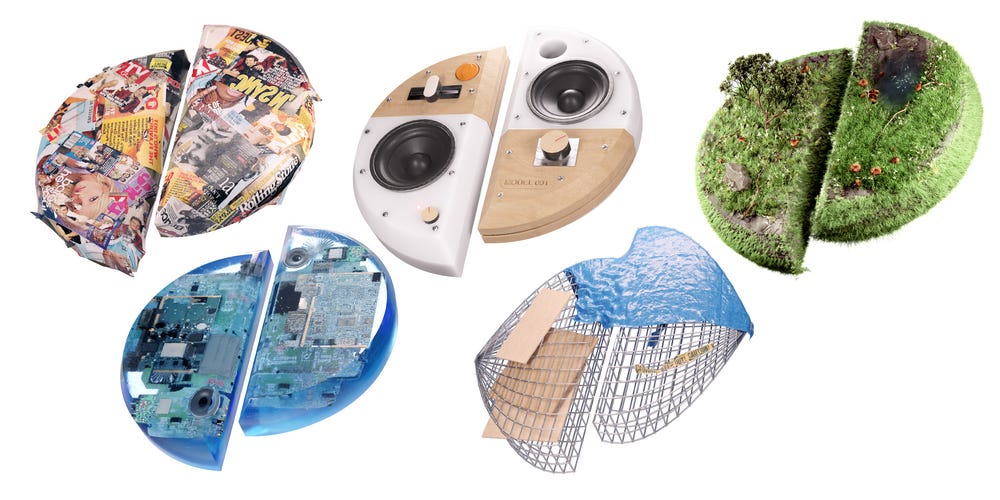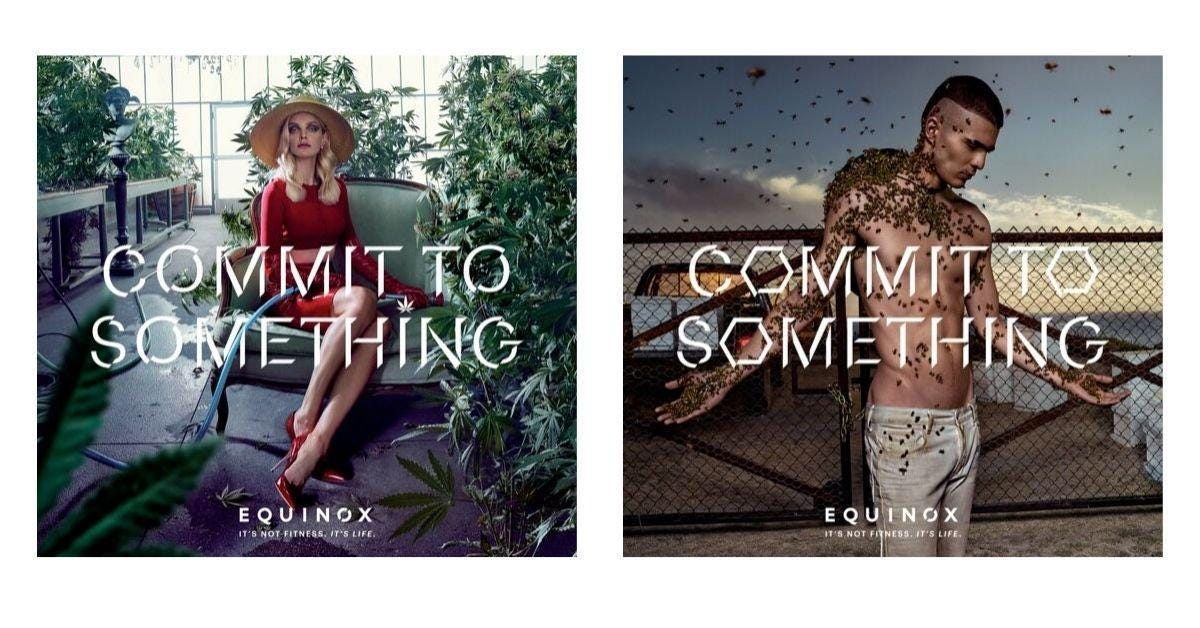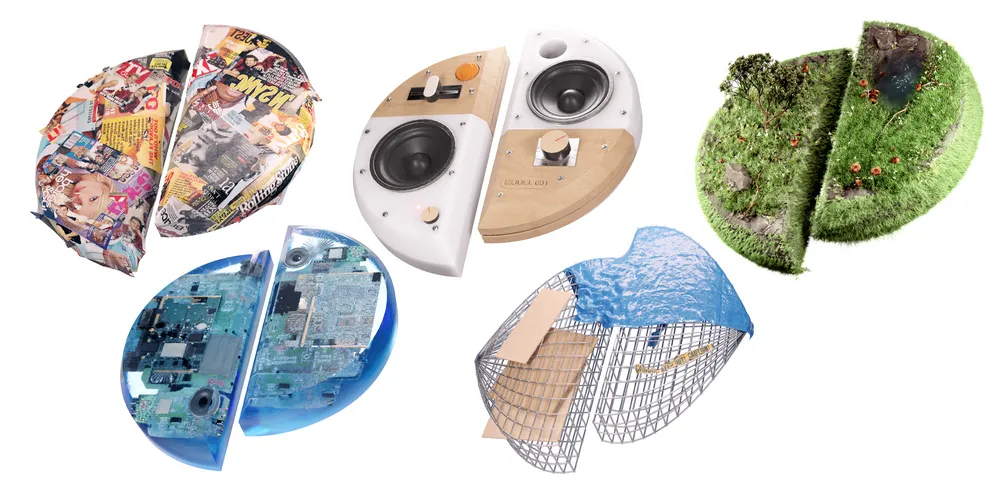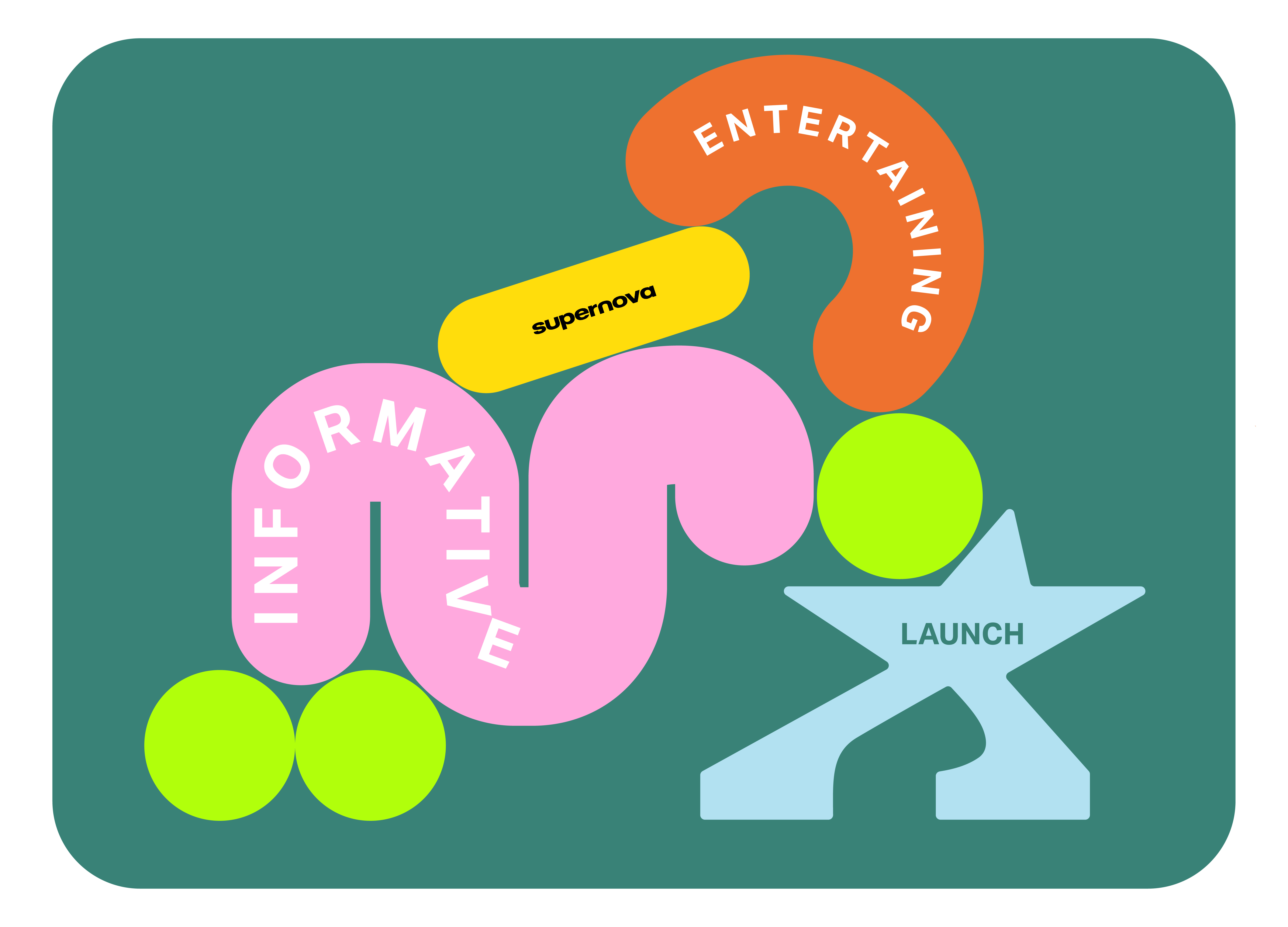August 4, 2025
Overposting is Dead
When I think about how brand discovery works today, it almost always comes from one of three places:
- Someone I know in real life
- Someone I know online
- A social algorithm
That’s the source of purchase decisions for 9/10 people. The other 1 in 10 are the tastemakers, the trendsetters whose influence is earned by real impact on how people behave.
Brands will spend millions of dollars chasing 90% of consumers. I say start posting less and focus on the 10%.

The product could be sneakers, coffee beans, jeans, project management software, deodorant, razors, new music. No matter what it is, word of mouth remains the most powerful engine for driving consumer interest. And in 2025, it’s more important than ever. The reason is simple.
We live in an age of infinite choice and competing truths. When every product is good enough and every brand can tell a decent story, people fall back on who they trust. The personal network is the last stronghold of real influence.
Discovery Is Broken. Here’s How Brands Should Be Navigating It
Every brand has high-output content and the most feel interchangeable.
Switch out Sweetgreen for Athletic Greens, Alo Yoga for an Aloe Vera juice company, swap Stripe for Mercury. Cover the brand name and it’s hard to tell who’s who.

Even choosing an ice cream brand feels like a global battleground for $7. No matter who you are, we’re all perpetually navigating this multi-dimensional, data scraping decision tree.
Today’s consumers are overwhelmed by indistinguishable options. Every scroll looks the same. Swap logos and few would notice. It’s a branding issue as much as it is a discovery crisis.
Once reserved for self-reflection, our final fleeting moments of subconsciousness are filled with external thought bubbles telling us who to trust / who to love / who to hate / what to do / where to go. Did I mention ChatGPT?
It’s no wonder many look to their friends and family for trust and guidance in this open market of everything-ism. Our IRL network is the last protected class of independent thought; it’s an influence only indirectly governed by institutional-grade abundance.
Overposting is so 2024
The overposting arms race of 2024 didn’t move the needle as much as brands chasing Duolingo hoped it would. In 2025, relevance is less about volume, more about velocity and taste.
Here’s how brands should be navigating discovery right now:
For starters, the playbook of “post 100 videos a month to stay relevant” isn't built to last. There’s nothing wrong with high-volume content. It’s just not a winning strategy on its own.
What actually drives discovery is consistency, curation, and creative quality.
A volume-first mindset leads to a split focus where neither performance nor brand equity compounds. Here’s the pattern we see every week…
- They spend 6 weeks on a TikTok no one remembers
- Then spend 6 days on a brand campaign that’s supposed to last all year
Or vice versa. The outcome is the same: wasted energy, fragmented messaging, and no compounding effect.
The smarter strategy is this:
- Ship the fast stuff fast.
- Low-lift content should never be stuck in reviews. Move quickly and often, build muscle.
- Make more space for the brand-defining work.
- Campaigns should be intentional, specific, and designed to endure. Don’t over-invest in one idea. Invest in creative elasticity
This is how you keep audiences engaged without burning them out. More room for the right content > more content.
Scarcity is making a comeback as an antidote to content burnout. Make it count.
The opportunity now is for creative teams and studios to get faster on the small stuff and smarter on the big stuff. Speed is the new scale (but keep in mind not all speed is created equal).
How We Apply This At Supernova
At Supernova, we design for both sides of the equation.
When we launched Bear Fight Whiskey’s first-ever campaign, we created something that felt culturally native but still carried enough production weight to perform on paid. “What’s Your Bear Fight” could run for weeks or months without feeling stale.
On the flip side, we made a “Steamboat Willie”-inspired spot for Brigade’s Paris fashion drop. It was a low-lift concept built around speed: one visual idea, quick execution, fast release.
In other projects, we’ll design a 3D environment to be reused 4–5 times across multiple social cuts. A smart micro-campaign that works harder than a one-off asset.
This is how we believe brands should operate:
Faster on the small stuff, smarter on the big stuff.
The Return of Curation
Stop overthinking it. The first principles thinking of brand discovery and advertising tell us that a small % of humans set the trends and the rest follow.
Discover the curators to get discovered. Don’t chase the masses. If you win over the influential few (these people are not always influencers, know the difference), you’ve achieved network effect.
One trusted person in a friend group can drive 10 new customers. Those 10 customers can inspire 2 “real” influencers (the kind who actually move culture). And those 2 can drive another 20. That’s network effect. But it only starts when you prioritize taste and trust over scale and spam.
Brands doing this well:
- Brigade — a consistent brand world through curated design rather than constant posting (definitely no bias that we work with em)
- Starface — bright. bold. one-of-a-kind. never tries too hard
- Hermès — timeless scarcity over trendy saturation. not afraid to take risks which is rare in high luxury
- Cash App — tasteful, digestible. frictionless creative with easy value props (definitely definitely no bias that we work with em)
- Perplexity — earns trust with product clarity and design restraint, never resorting to noise
- Kapital — almost feels like a personal page. grounded and self-aware, with high design mixed in
In this meditative anxious paradoxical time of fleeting abundance, curation is the new growth lever. Speed is the new scale. But not all speed is created equal.
Let’s build the stuff that matters and get it in front of the people who matter most.




.jpg)
